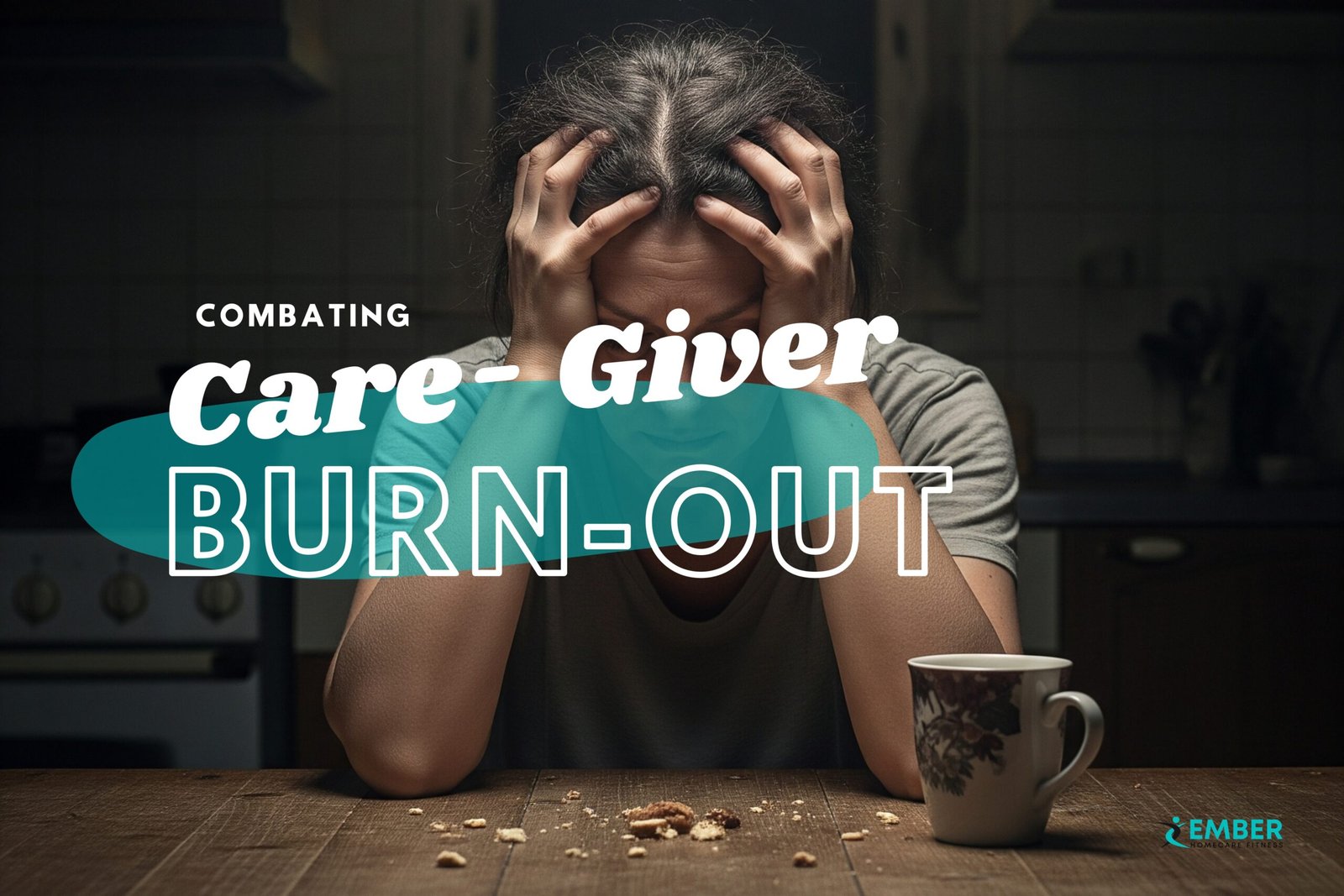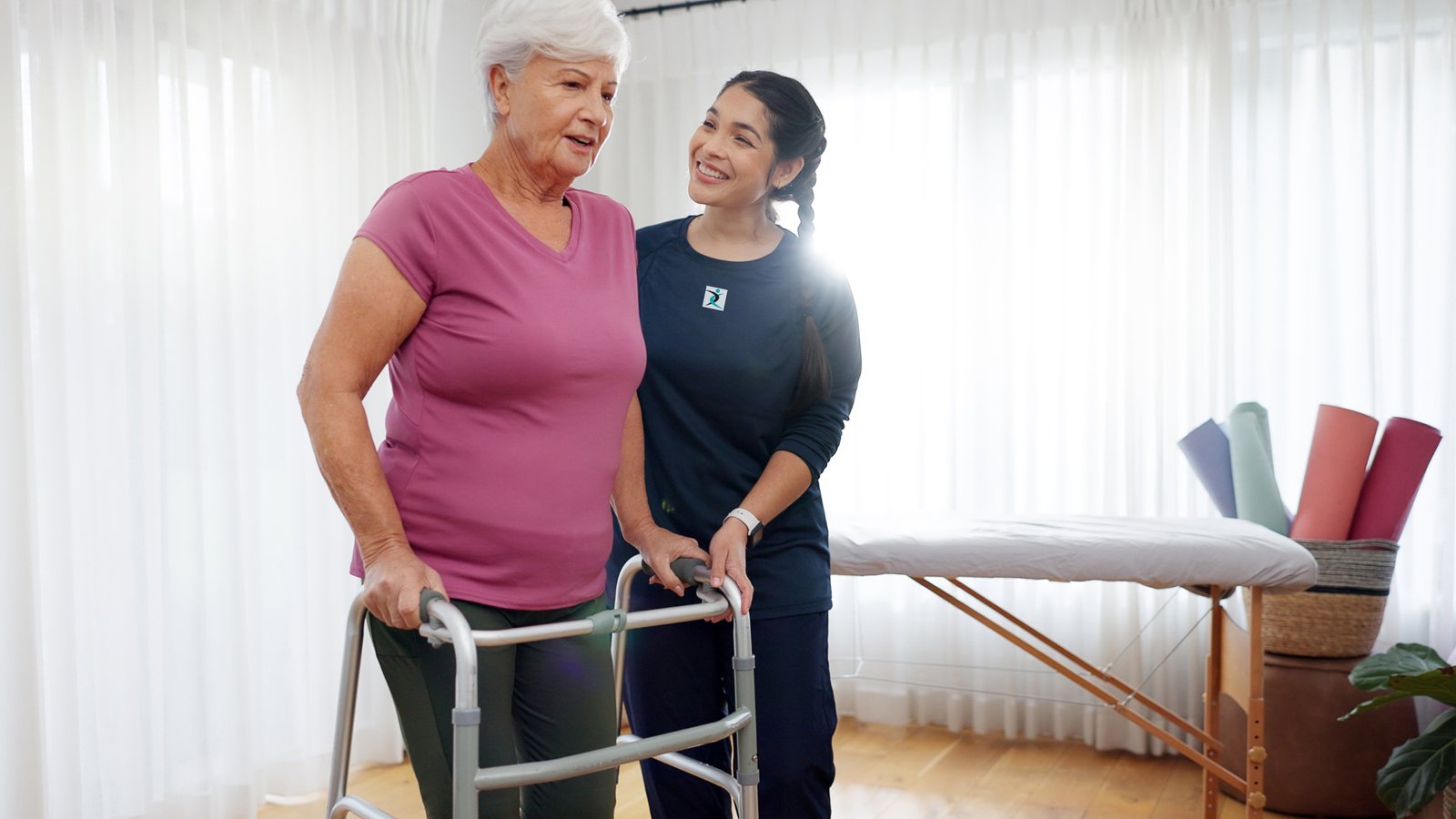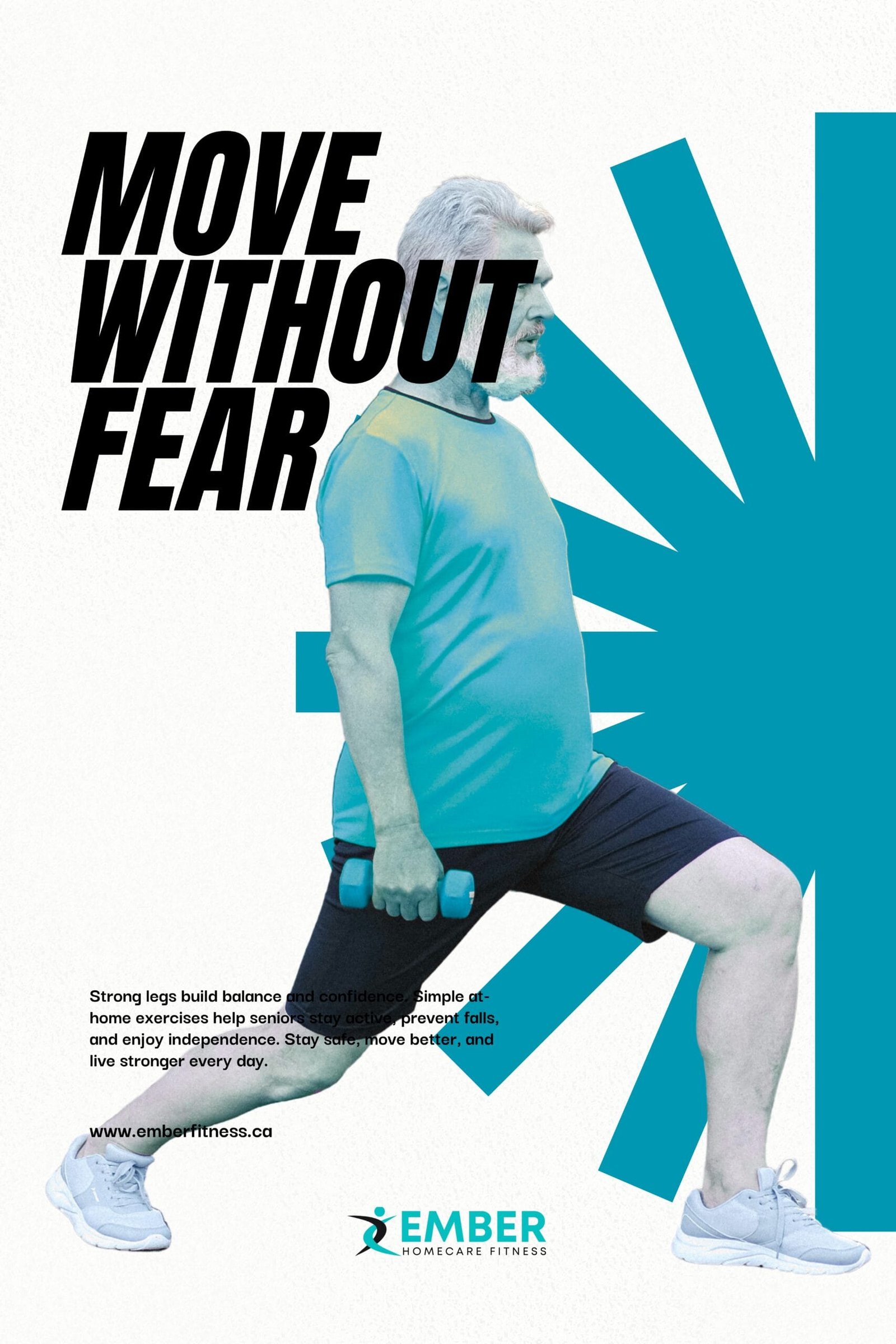
Introduction: The Concern of Falls in Seniors
Falls in seniors represent a significant public health issue, with alarming statistics highlighting their prevalence and impact. According to the Centers for Disease Control and Prevention (CDC), approximately one in four older adults experiences a fall each year, translating to millions of incidents nationwide. These falls often lead to severe consequences, including fractures, head injuries, and, in some cases, death. The emotional toll of experiencing a fall can also contribute to fear and anxiety, further limiting the senior’s activity levels and independence.
The risk factors contributing to falls among older adults are multifaceted. Age-related factors, such as decreased muscle mass, impaired balance and coordination, and vision changes, increase vulnerability. Additionally, chronic medical conditions, medications, and environmental hazards, such as slippery floors or uneven surfaces, further exacerbate the risk. As seniors may face declining physical capabilities, the likelihood of falls rises significantly, leading to devastating effects on their health and overall quality of life.
The consequences of falls extend beyond physical injuries. Many seniors fear falling again, which can lead to self-imposed limitations on mobility and social engagement. This withdrawal from daily activities can result in decreased physical fitness, loneliness, and even depression, creating a vicious cycle. Furthermore, falls and their complications can result in increased healthcare costs and a burden on family caregivers, complicating the eldercare landscape.
Addressing falls among seniors is critical to promoting a healthier, more active lifestyle. Preventative measures are essential in reducing incidents and preserving the independence that many older adults cherish. As we explore the role of walking as a practical prevention strategy, understanding the implications of falls is crucial for fostering a safe living environment for seniors.
How Walking Enhances Balance, Strength, and Confidence
Walking is a fundamental activity that offers numerous benefits for seniors, significantly impacting their overall well-being. One of the primary advantages of regular walking is its capacity to enhance balance. As individuals age, they often experience a decline in their balance abilities due to muscle weakness or changes in vision. Engaging in consistent walking routines activates various muscle groups, thereby improving stability and coordination. This improved balance is crucial in reducing the likelihood of falls, especially in the home environment where many accidents occur.
In addition to balance, walking plays an essential role in strengthening muscles. As seniors walk routinely, they engage their leg and core muscles, which helps maintain and build strength. Stronger muscles are vital for tasks such as standing up from a seated position, navigating stairs, or even turning around quickly, all of which are common scenarios that may lead to falls. By increasing muscle strength through walking, seniors can enhance their mobility and independence, which is profoundly important for their quality of life.
Furthermore, walking contributes to boosting confidence among seniors. As they witness improvements in their balance and overall physical capability, seniors often feel more secure and capable in their daily activities. This renewed sense of confidence encourages them to be more active and engage with their surroundings, further diminishing their fear of falling. When seniors feel empowered by their ability to move safely, they are more likely to participate in social activities and maintain an active lifestyle, all of which are integral to emotional and physical health.
Through regular walking, seniors can make significant strides in enhancing their balance, strength, and confidence. These interconnected benefits collectively contribute to a reduced risk of falls at home, promoting a safer living environment and empowering seniors to maintain an active, fulfilling life.
Practical Tips for Safe Walking at Home
Ensuring safe walking environments within the home is vital to preventing falls among seniors. A significant first step is to clear pathways of any obstacles that may pose a risk. This includes removing loose rugs, clutter, or any items left on the floor that could lead to tripping. Seniors should also make sure that walkways are well-lit. Adequate lighting is critical for visibility, especially in areas such as staircases and hallways. Consider installing nightlights or using motion-sensor lights to improve safety during nighttime movements.
Additionally, the footwear seniors choose plays a crucial role in maintaining stability and balance while walking at home. It is advisable to wear supportive shoes with non-slip soles, rather than slippers or socks that can easily slip off or cause slipping on floors. The right footwear can significantly enhance grip and aid in balance, lowering the likelihood of falls.
Moreover, seniors should consider discussing the potential use of walking aids with their healthcare provider. Devices such as canes or walkers can provide much-needed support and stability. If walking aids are deemed necessary, it is essential to choose the correct type and ensure that the senior is adequately trained in using them to maximize their effectiveness. These aids can help seniors navigate their homes more safely, offering them the confidence to maintain their independence.
Incorporating these practical tips into daily routines can significantly support seniors in walking safely at home. By removing hazards, wearing appropriate footwear, and utilizing walking aids when necessary, seniors can greatly reduce their risk of falls, allowing them to navigate their living spaces with assurance and ease.
Complementary Exercises and Home Safety Strategies
To effectively prevent falls in seniors, it is essential to adopt a holistic approach that includes complementary exercises and improved home safety strategies. Balance training is one of the primary exercises recommended for seniors. This type of training helps enhance coordination and stability, reducing the likelihood of falls. Simple activities such as standing on one leg, tai chi, or using balance boards can significantly contribute to an individual’s ability to maintain their equilibrium.
Furthermore, strengthening exercises are crucial for building the muscle mass that supports stability and mobility. Engaging in resistance training, whether through light weights, resistance bands, or bodyweight exercises, can reinforce the limbs and core. These activities empower seniors to maintain their independence as they enhance strength, making movements safer and more deliberate.
In addition to physical exercises, implementing safety strategies at home is vital. One effective home improvement is the installation of grab bars in strategic locations such as bathrooms and stairways. These bars offer seniors the support they need while navigating potentially hazardous areas. Another crucial safety measure is ensuring that living spaces are well-lit. Adequate lighting reduces shadows and increases visibility, helping seniors avoid missteps. Additionally, removing clutter and securing loose rugs can prevent trip hazards, fostering a safer environment.
It is also advisable for seniors to enroll in community exercise programs that focus on both balance and strength. Such programs not only offer guided training but also serve as an opportunity for social interaction, which can further enhance physical and mental health. By integrating complementary exercises with practical home safety improvements, seniors can significantly reduce their risk of falls and maintain a higher quality of life. A comprehensive approach ensures that they remain both active and safe in their daily lives.






